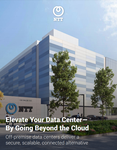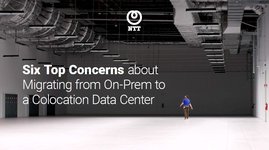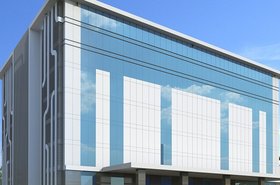From how we communicate with our friends and families, to how we educate children and get a diagnosis from the doctor, people have been able to achieve things through digital connectivity this year that we thought were only possible face to face before the pandemic.
Covid-19 has changed the way people stay connected to one another and there is now an increased reliance on technology to enable connections. To keep in touch with our colleagues, we looked to video conferencing apps. Figures show that Microsoft Teams saw a massive surge in users during the pandemic, rising from 20 million users in November 2019 to 44 million in March 2020, then 75 million by April 2020. Away from the workplace, we turned to video streaming for entertainment, 21 percent of households purchased a new video subscription during the initial lockdown period in the UK alone, taking the average number of subscriptions to 2.3 per household.
The cloud and cloud-based applications are being used more than ever before, increasing dependence on the data center to support the servers and applications needed to run these services. This has reinforced the importance of the data center’s connectivity.
Demand is set to continue
Even as we start to navigate the new normal and return to work, using connectivity to supplement the way we live is set to stay. Organizations looking to purchase additional data center space must consider several key factors when it comes to connectivity to support applications.
1) Keeping things neutral
One of the most significant aspects is the data center’s neutrality. If a data center is carrier neutral, it allows interconnection between many colocation and interconnection providers, providing diversity and flexibility for organizations. This approach enables a connectivity-rich data center network that can provide a scalable and resilient platform wherever you need it. This is imperative to be able to create density.
2) Ecosystem density
The data center’s ecosystem density is crucial. Buyers must consider the mix of providers available within the data center. For instance, is their key connectivity provider in that data center, and can they access a blend of local connectivity, national connectivity and international connectivity?
3) Location, location, location
Proximity to the customer and partner ecosystem must also be contemplated. Organizations need to be as close to their supply chain ecosystem as possible to improve connectivity and the service they’re able to provide.
For example, building a data center in Dagenham, East London. This location is within easy reach of Docklands, which has become the UK’s internet hub and backbone for the global internet network that facilitates most of the London Internet Exchange’s (LINX) infrastructure.
Dagenham is also well situated for Shoreditch, which has recently become known as the ‘Silicon Roundabout,’ as many technology companies and start-ups reside in the area. This approach to investing in data centers allows us to ensure that our clients can be as close to their customers as possible. It is also important to note that if partners or customers are also in the data center, organizations can benefit from improved connectivity by having a private B2B connection.
4) Latency
Last, but by no means least, businesses should consider latency. The measurement of the time it takes for data to travel between two points is particularly important for industries such as the financial services sector and the rapidly growing ecosystem of cloud provider sites. If a data center has a low latency to ecosystem, businesses can ensure its connectivity is as efficient and responsive as possible.
Connecting to the future
A digital future is inevitable, but how businesses enable this change is sometimes unclear. They need a partner to ensure they can build their business for the customer of tomorrow.





